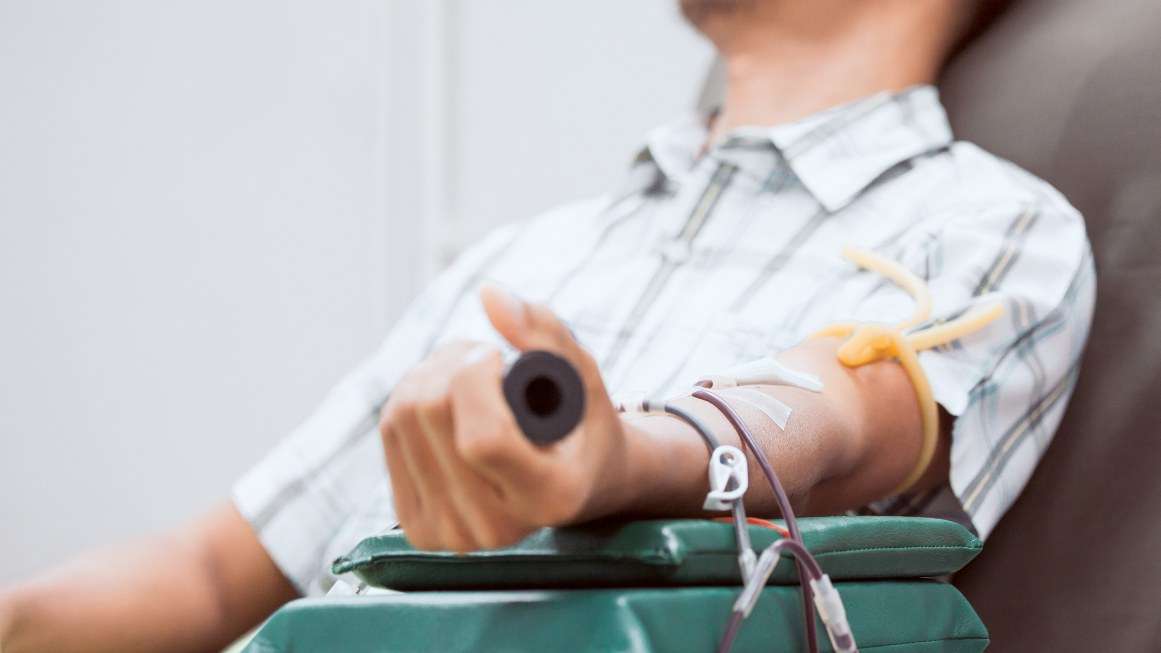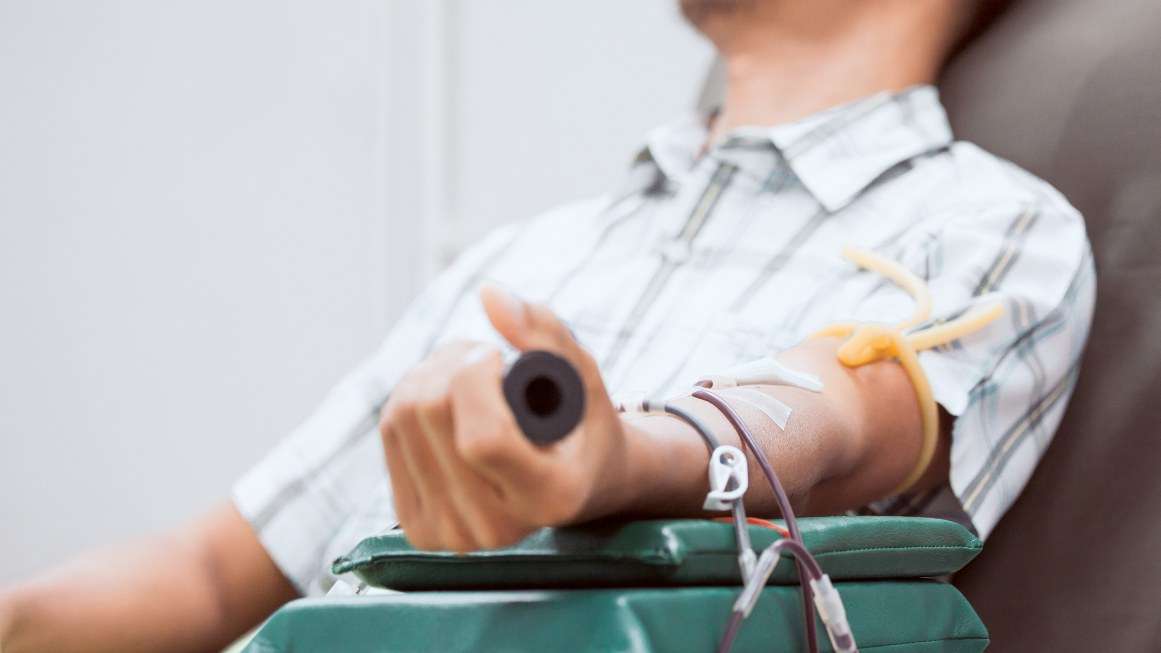
The Food and Drug Administration (FDA) is considering new rules that would allow gay men to donate blood without mandating that they abstain from sex for months on end.
Following the AIDS crisis of the 1980s, gay men were forbidden from donating blood under the logic that they posed a risk of infecting the supply with HIV, given the lower quality of HIV testing at the time.
In 2015, given the improved ability to detect HIV in blood donations, the FDA finally ended the ban—but only for gay and bisexual men who weren’t actually having sex. They had to abstain from sex for a year before they could donate blood. It might as well have been a total ban for most of these men–and a scientifically illogical one.
During the COVID-19 pandemic, the FDA permanently loosened the restrictions further so that gay and bisexual men only had to abstain from sex for three months, all to help address shortages in the blood supply during a crisis. At the time, the agency said it had determined that the relaxed rules wouldn’t compromise the safety of the blood supply.
Now, The Wall Street Journal reports, the FDA is drafting guidelines that will allow gay and bisexual men who are in monogamous relationships to donate blood. A new questionnaire would ask all donors if they’ve had any new sexual partners in the past three months. If the answer is yes, they’d be asked if they’ve had anal sex (this includes heterosexual and homosexual anal sex) in the past three months. Those who say yes will be asked to wait three months to donate blood.
That delay is to ensure that those donors are not HIV-positive. While the quality of HIV testing has improved significantly, it still can’t reliably pick up new infections. It can take up to 10 days before the latest HIV tests can catch it, The Wall Street Journal reports. So, a three-month delay would allow tests to pick up new infections.
This move would put America more in line with other countries—like Canada—and, most obviously, create a greater pool of safe donors and help prevent shortages. While the ban once made sense as a safety measure, it’s absurd that seemingly discriminatory inertia caused it to continue for decades even as technology made it possible to dispel fears, protect the blood supply, and, thus, increase the number of people who can give life-saving blood.








